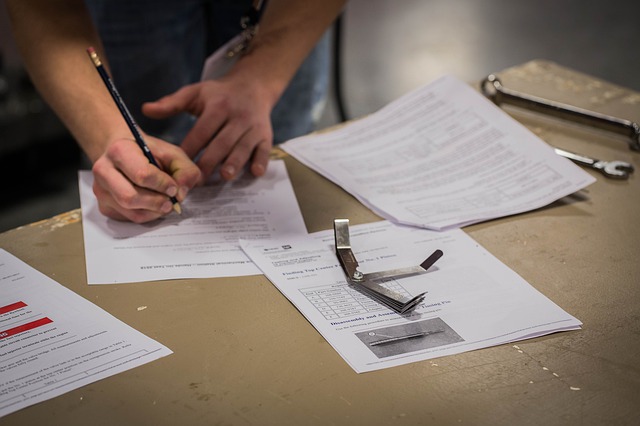UPSC-CSE popularly known as IAS Exam is one of the most prestigious civil service examinations conducted by the Union Public Service Commission (UPSC) annually. It is important for a civil service aspirant to be aware of the IAS Syllabus and pattern.
The knowledge of the syllabus and pattern of the exam will help the aspirants to understand and analyze the type and difficulty level of questions asked in the examination and also the dedication and time required for the exam. Every year UPSC releases a complete IAS syllabus along with its official notification in the month of February. Being the guardian of merit, UPSC examines the candidates in three stages to select the best among the candidates. The three phases of the examination are prelims, mains, and the personality test (interview). The period for the whole process extends to over a year. Usually, the period is between June month of a year to June month of the following year. But in 2020 and in 2021 due to the COVID-19 pandemic situation, the prelims examination got postponed to October 2021.
What is UPSC Prelims?
The questions of the prelims examination are objective in nature. There are two papers in the civil service prelims. They are General Studies paper-1 and General Studies paper-2.
| General Studies paper-1 | Deals with subjects like History, Geography, Economy, Polity, Environment, Current affairs etc. |
| General Studies paper-2 | Deals with subjects like Mental ability, interpersonal skills, comprehension, basic numeracy etc. This paper is popularly known as Civil Services Aptitude Test (CSAT). |
UPSC prelims is an objective paper held for a duration of two hours. There are 100 questions in this paper. Marks of only this paper are counted to decide the toppers of the preliminary exam. The prelims examination is both static and dynamic in nature. Often, the questions are asked by linking the current affairs with the static part. To select the best among lakhs of aspirants, the
UPSC tests the understanding capabilities and the ability of the aspirant to link up current events with facts and analyze the topic. The candidates are selected in a ratio of around 1:15 for the mains.
What is UPSC Mains?
The Mains stage is subjective in nature. Each examination will be of three-hour duration. The answers must be written on paper. The mains examination consists of one Essay paper, four General Studies papers, and two papers on one optional subject. Also, there are two qualifying papers. They are English language paper and regional language paper.
About Mains Papers and its subjects
- Paper I, i.e., essay, the candidate is required to write essays on multiple topics. There are two sections with four essay topics each. One essay from each section must be chosen. The candidate is expected to be relevant to the essay’s subject and must arrange his/her ideas in an orderly fashion. While evaluating the essay, the evaluator will give the credit for an effective and exact expression.
- Paper-II of mains is General Studies-I. This paper deals with Indian heritage and culture, History, World physical geography and society.
- Paper-III is General Studies-II which deals with governance, constitution, polity, social justice, and international relations.
- Similarly, paper-IV, i.e., General Studies-III, deals with Technology, Economic Development, Biodiversity, Environment, Security and Disaster Management. The last paper, i.e., General Studies-IV, deals with ethics, integrity, and aptitude.
- The paper V, i.e., General studies -IV, will include questions to test candidates’ approach and attitude towards probity, moral values, integrity, problem-solving etc. The questions may have a case study approach to determine these aspects.
- Paper VI and VII are optional subject papers. The candidate can choose an optional subject from the list of optional subjects mentioned by UPSC. Each optional paper carries maximum marks of 250.
About UPSC Personality Test
Candidates will be selected for the interview depending on the marks scored by the candidate in Mains. The interview is conducted for 275 marks. It evaluates the candidate’s potential and commitment to society. Finally, the ranks are calculated by adding mains marks (out of 1750) and interview marks (out of 275). UPSC will prepare the rank list based on marks scored out of 2025. Sometimes candidates get confused between IAS & IAAS. To simplify that, one must know that IAS Full Form is the Indian Administrative Services while IAAS is the Indian Audit and Account Services. To be recruited in both the services, an aspirant has to sit in UPSC Civil Services Examination. Lakhs of aspirants aspire to become IAS Officer. Hence, hard work, planning, and practice are required to crack any examination. UPSC-CSE requires three more important things. They are patience, perseverance, and dedication. One should keep all the above thoughts in mind while preparing for the examination. IAS Exam is not any normal race; it is a marathon.











